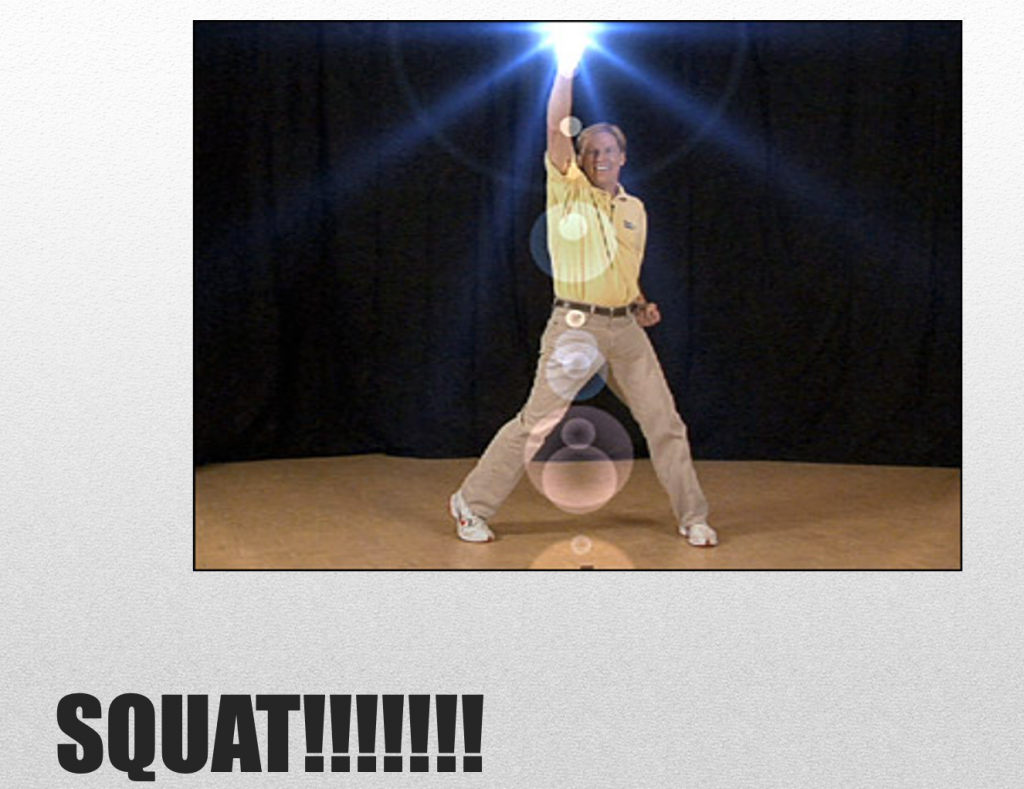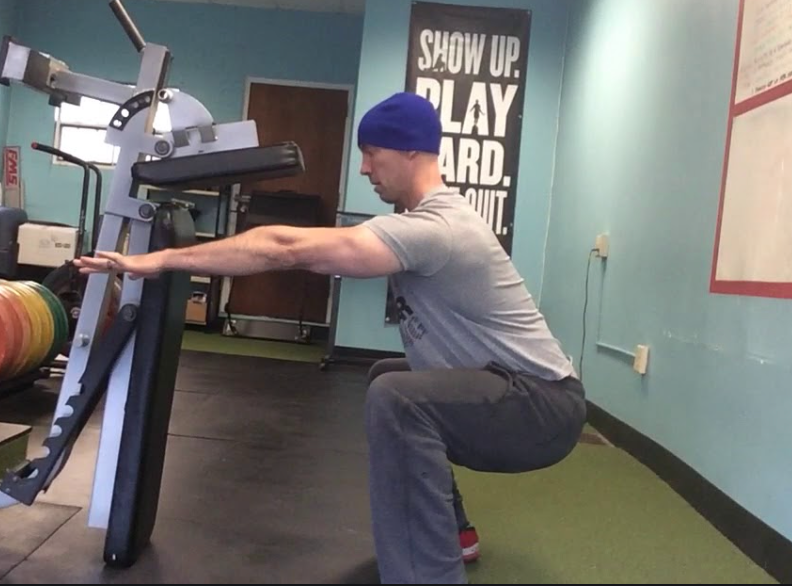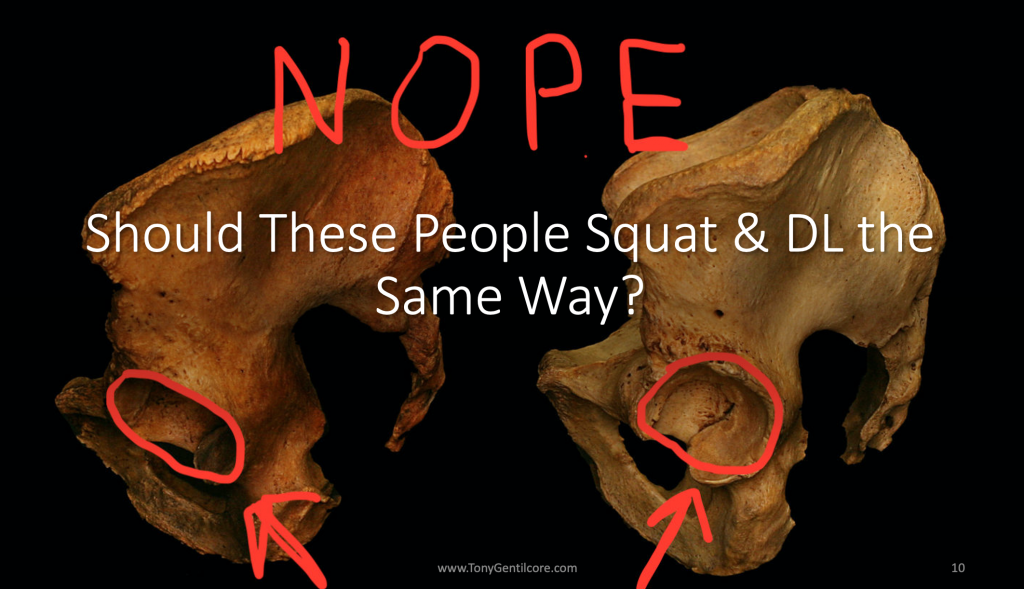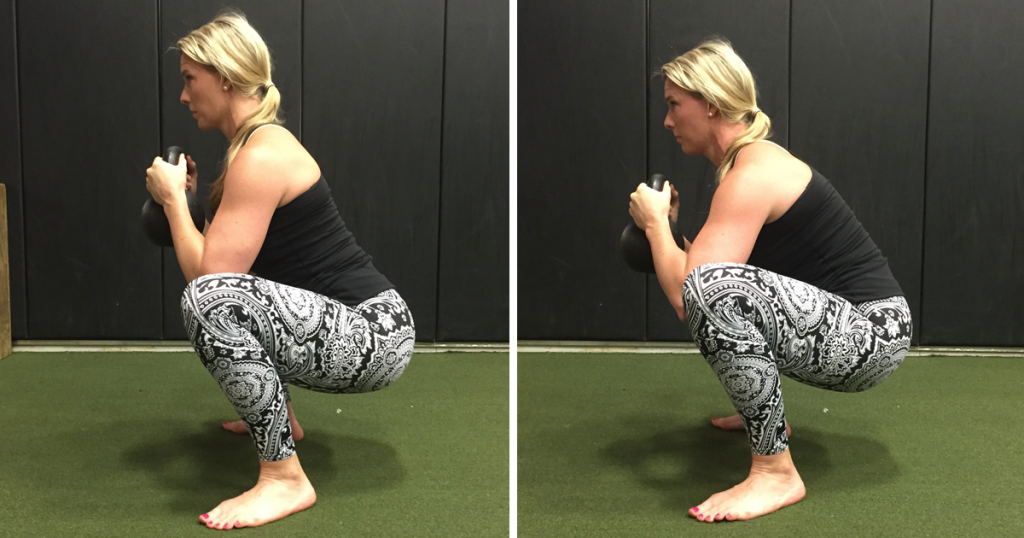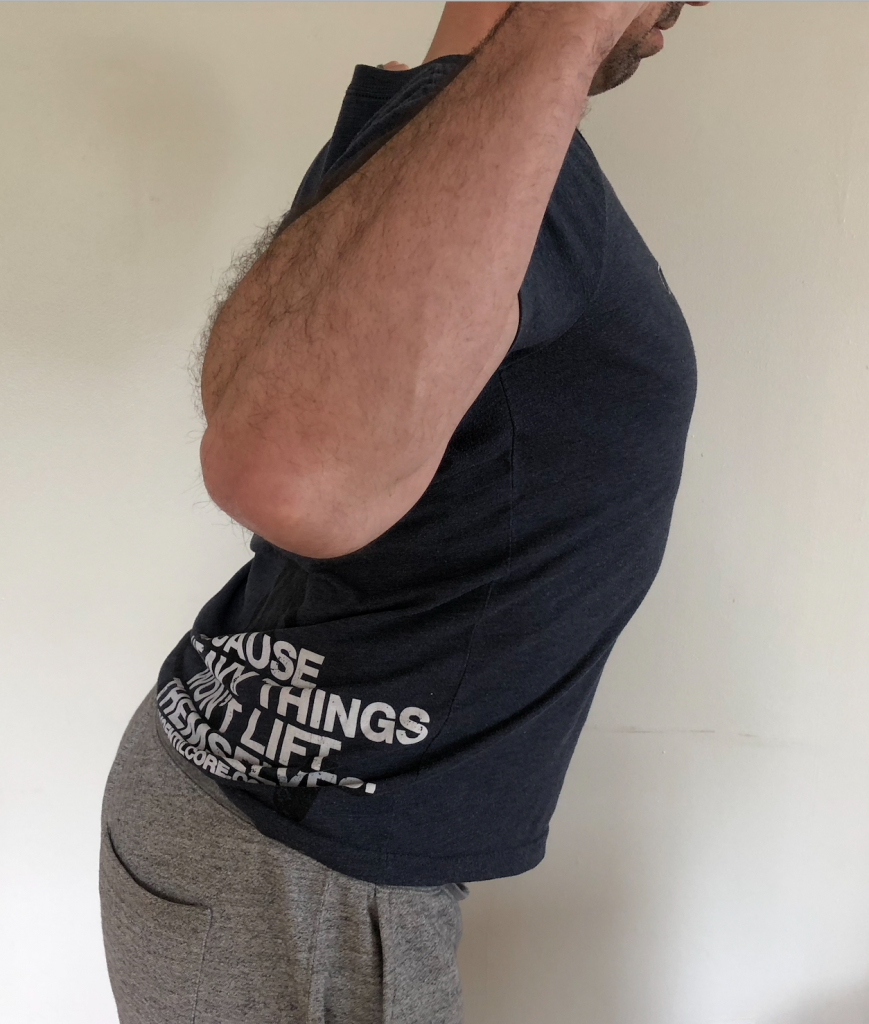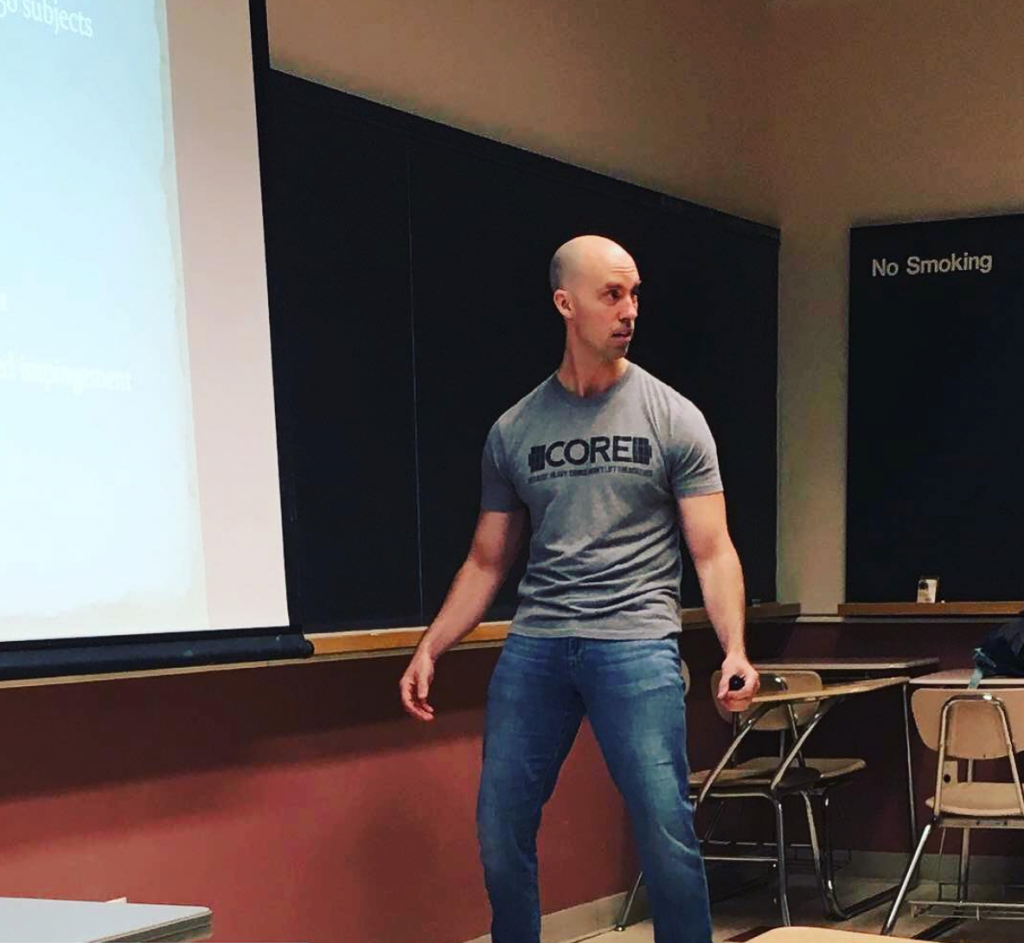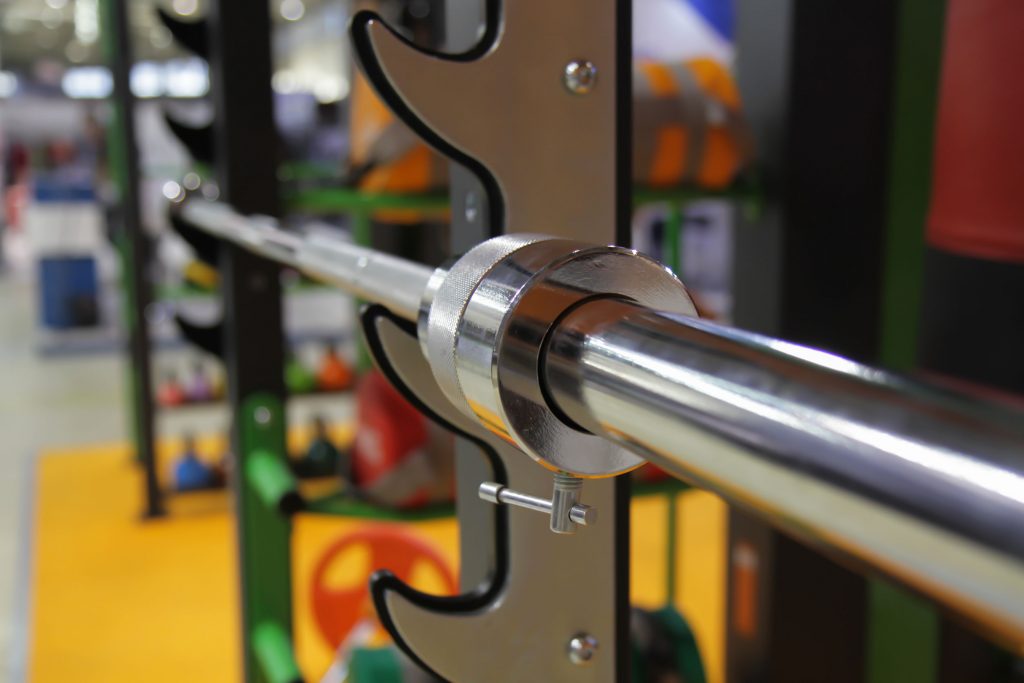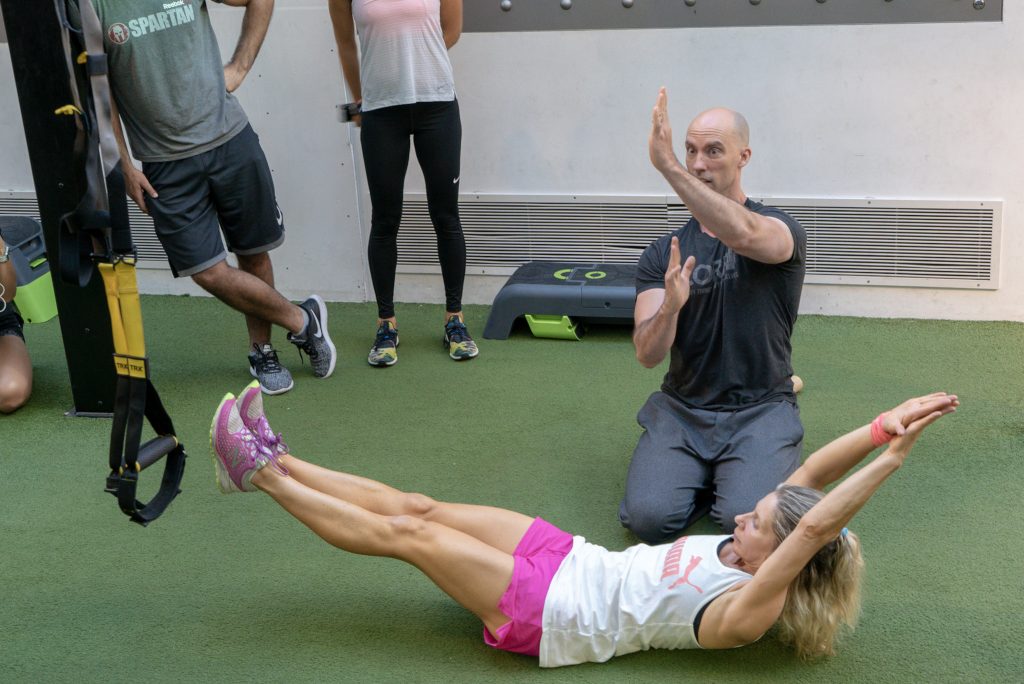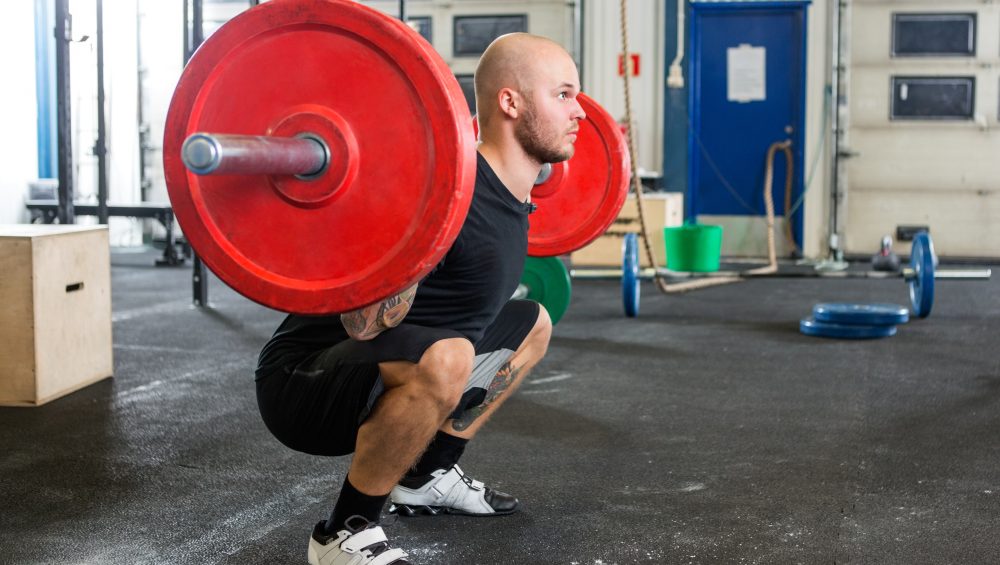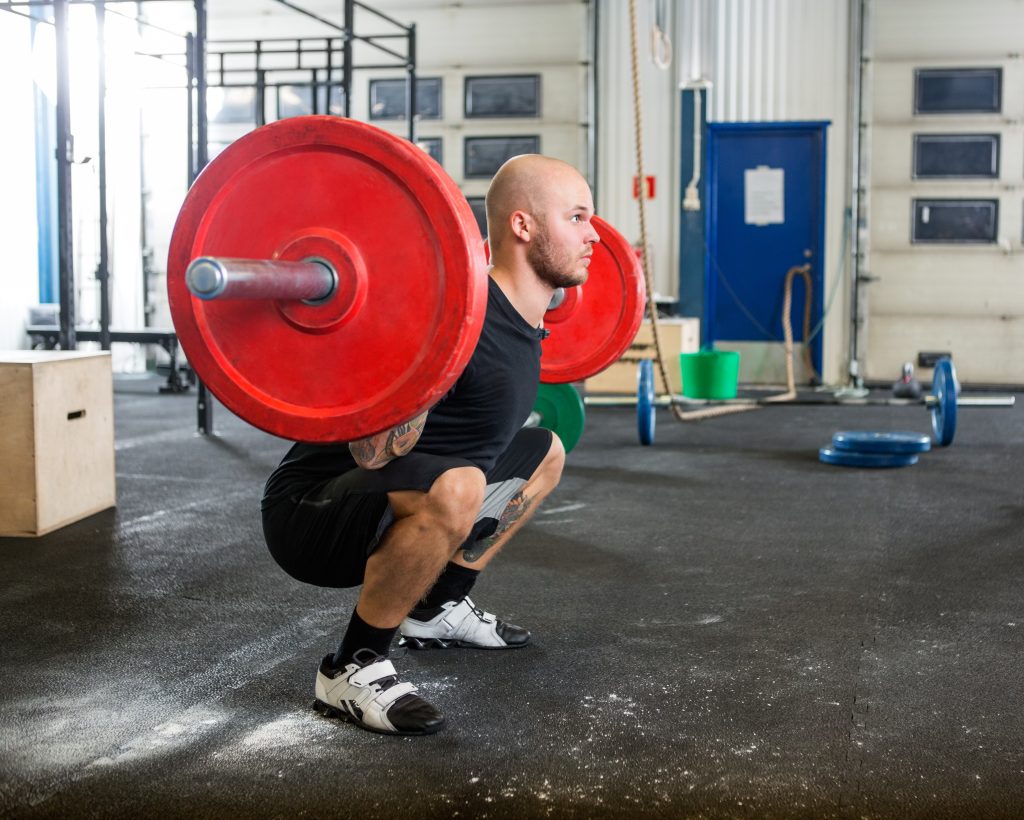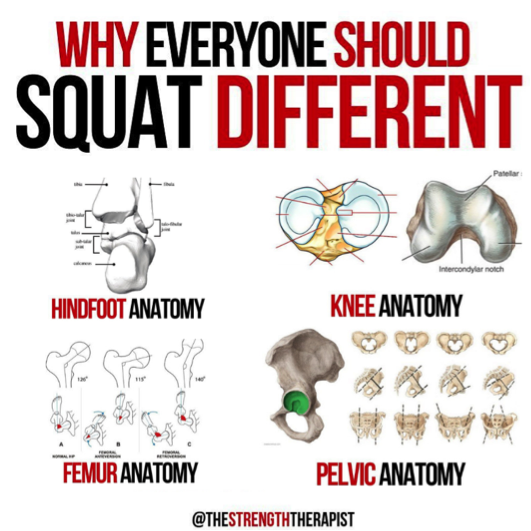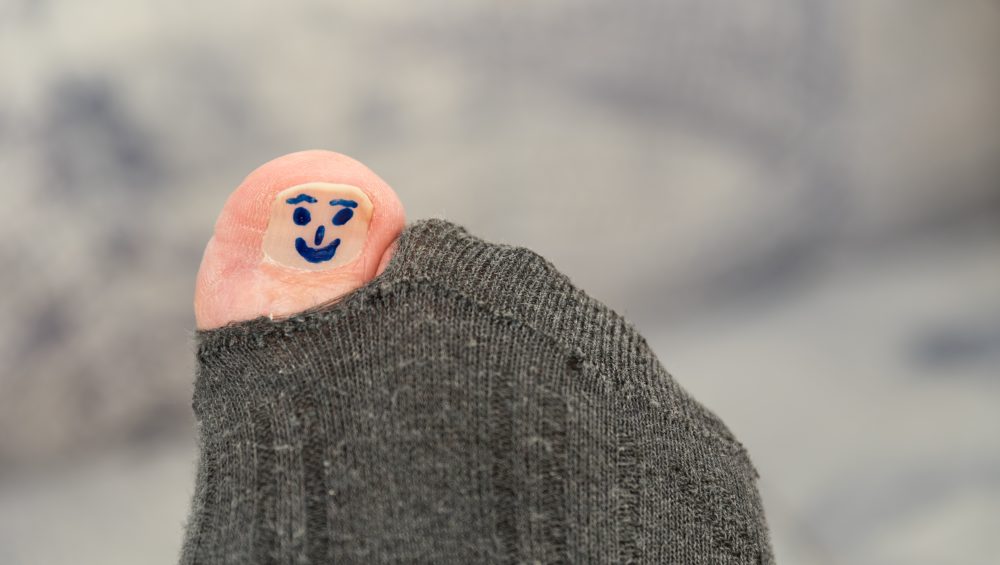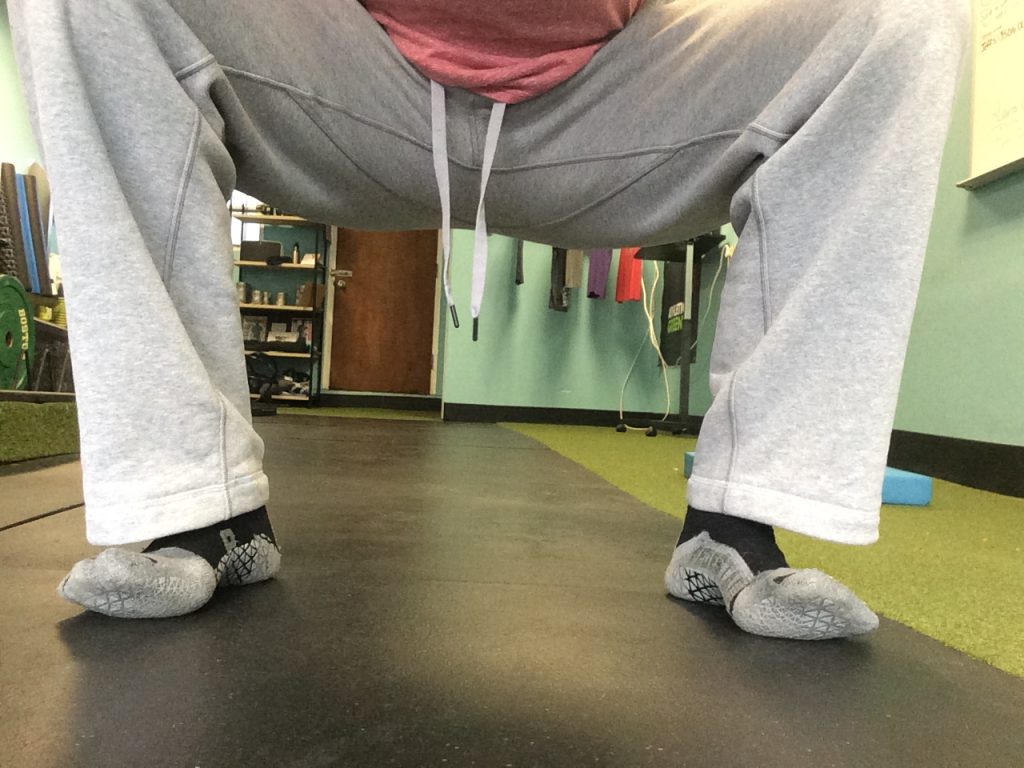I know, I know.
What a dry, bland, title for a blog post.
But if I would have titled it what I wanted to title it:
“That Time I “Fixed” Someone’s Squat In Five Minutes, BOO-YAH, God Damn I’m Good. And While I’m Here Bragging About Myself: Did I Ever Tell You About That Time I Almost Single Handedly Won the Sectional Championship For My High School Baseball Team Back in 1995? Oh, And I Made Out With a Girl Once.”
…that would have been over the top.
Kudos to you for clicking on the link anyway.
You’re cool.
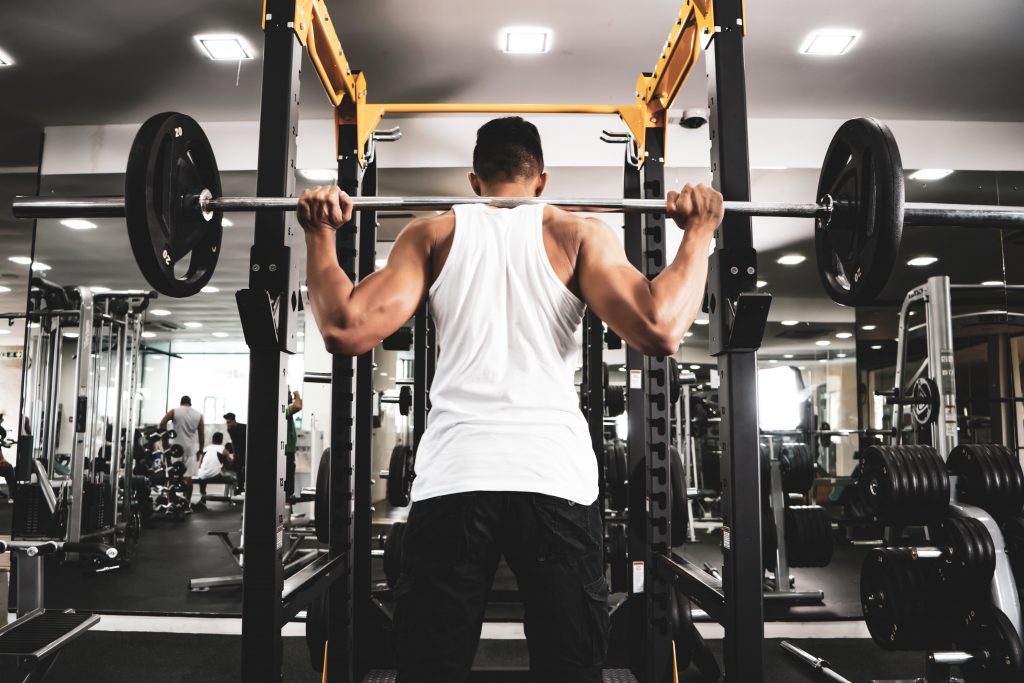
A Tale of Two Squat Patterns (But Seriously, Though: I Did Fix It In About Five Minutes
Last week I had a gentleman come to CORE for his initial assessment. After some initial back-and-forth and pleasantries we got into the topic of his training and injury history. He had noted that he had never really participated in strength training before and after digging a bit further he also noted that he’d had a history of chronic lower back pain (L3-L4).
Most people can commiserate.
A vast majority reading these words right now have likely experienced some form of low-back pain in their lifetime.
(raises hand)
It’s never fun and can leave most people in a seemingly never-ending state of frustration and despair. In dealing with many people in the same predicament throughout my career as a coach & personal trainer my goal during their initial session isn’t to spend it telling them how much of a walking ball of dysfunction they are.
Rather, my objective is to take them through a few rudimentary screens, watch them move, see if anything exacerbates their symptoms, and if so, modify things to see if we can reduce them.
Low back pain is very common and has myriad of root causes:
✅ Tight this
✅ Overactive that
✅ Inactivity
✅ Aberrant movement patterns
✅ Losing a street fight to Jason Bourne
✅ It’s Tuesday
Whatever.
It’s rarely ONE thing, which makes it altogether impossible to look someone in the eyes and say, definitively, “x is why your back hurts.”1
Which is why I prefer to get people moving during their assessment.
It’s easier for me to ascertain and glean a larger picture of things when I can watch someone show me their movement strategies through a variety of tasks.
Don’t get me wrong: I’ll perform several screens on an assessment table: Thomas Test, Craig’s Test, Slump Test, active vs. passive ROM, etc.
However, I also believe it’s important (if not crucial) to get them off the table and have them demonstrate to me how they choose to move.
It’s simply more information.
Without any prompting from me (I didn’t want to coach him on how to perform the “test”) here’s what my client’s squat pattern looked like:
Before
Notice how he immediately “falls” into an aggressive anterior pelvic tilt as a descends toward the floor? Likewise, notice the speed or lack of control as he lowers to the ground?
Furthermore, notice anything as he finishes at the top and “locks out” his hips?
He hyperextends his lower back.
I.e., he finishes with LUMBAR extension rather than HIP extension.
I had him watch the same video above and then broke down in more detail everything I explained here (and that my suspicions were that those may be the culprit of his low-back woes).
I then spent a few minutes breaking down some simple “squat technique tenets” I like to pass along when breaking down the movement with clients.
✅ We talked about foot pressure and corkscrewing his feet into the ground (to help ramp up torque in the hips).
✅ We also discussed the abdominal brace.
✅ I broke down the canister position and how that’s ideal (rib cage down and stacked over the hips)
✅ I reiterated that the squat is equal parts breaking with the hips & knees simultaneously so the net result is squatting DOWN, not BACK.2
✅ I wanted him to think about “pulling” himself down toward the floor rather than falling.
✅ Lastly, I encouraged him to “finish tall” at top; to squeeze his glutes (lightly) rather than ramming his hips forward.
Five minutes later this happened:
After
By no means was it a perfect squat (does that even exist?), but that wasn’t what I was after.
I was seeking PROGRESS.
And I think we achieved that.
Here’s a top (before)/down (after) comparison:
The bigger indicator, though, was that he had zero pain while squatting after these minor tweaks to his technique were made. And it didn’t take me giving him a laundry list of “corrective exercises” in order to “fix” it.
Sure, I could have told him to foam roll for 37 minutes and stretch his hip flexors, followed by an abyss of varying glute medius exercises…
…and he likely would have felt better as well.
However, we wouldn’t have really addressed anything.
In short: Help people find their trainable menu. COACH them. Show them what they CAN do, rather than barking at them what they can’t.



